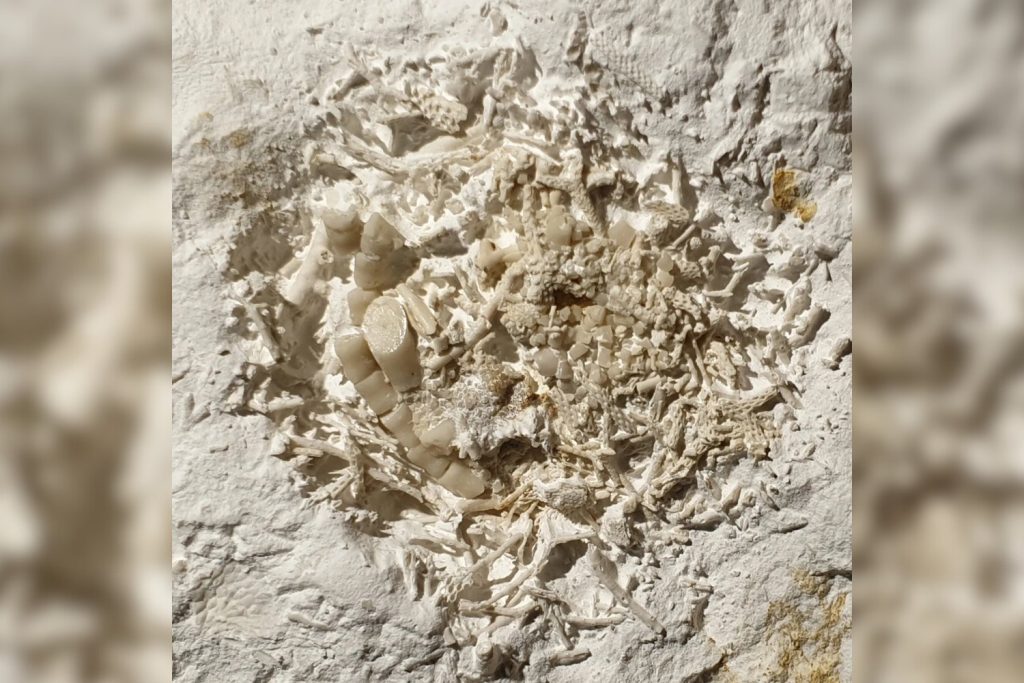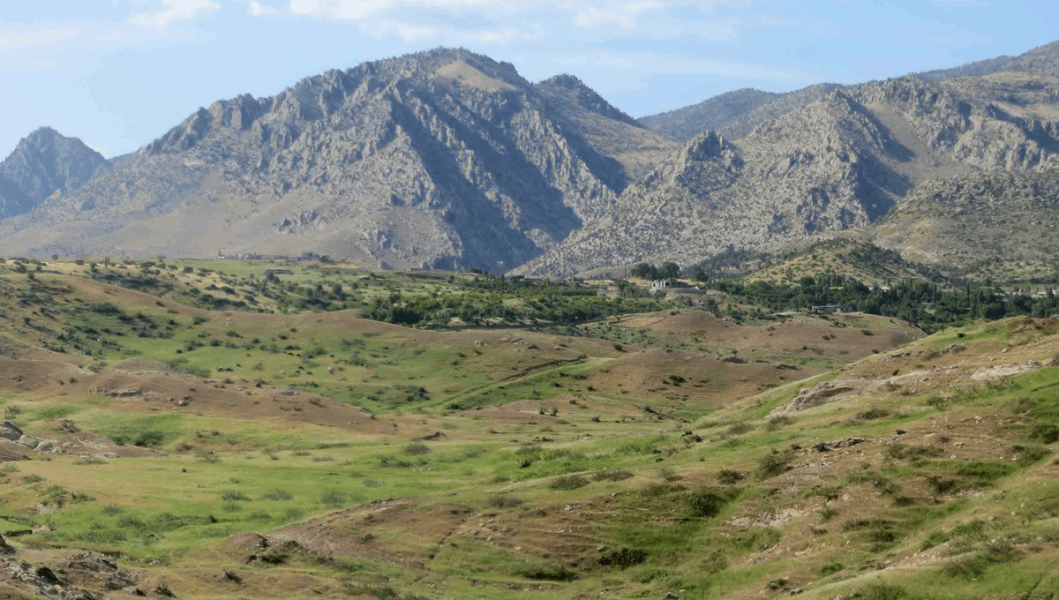Yep, That’s 66-Million-Year-Old Vomit – Gizmodo

Humans aren’t the only animals that lose their lunch. Just look at your family dog or cat—or, for that matter, the ancient upchuck recently found by a fossil hunter in Denmark.Scientifically speaking, the find is regurgitalite—or the stony remains of an animal’s stomach contents. It is a remarkable fossil specimen that, like other trace fossils, shows how ancient animals made use of their environments.Local fossil hunter Peter Bennicke spotted the fossilized remains in a chunk of chalk in Denmark’s Stevns Klint (or Cliffs of Stevns), on the island of Zealand. The hurl dates to 66 million years ago—the late Cretaceous period, when the dinosaurs were unwittingly living out their last days on Earth.According to a Østsjællands Museum release, the specimen was cleaned and studied by John Jagt, a sea lily expert. Jagt concluded that the upchuck consisted of two ancient species of sea lilies, clumped up and amorphous enough that it appeared to have been puked up by an animal. The researchers do not believe the sea lilies were consumed by a dinosaur in the ancient Creatceous seas, but by an ancient fish.“Sea lilies are not a particularly nutritious diet, as they mainly consist of calcareous plates held together by very few soft parts,” said Jesper Milan, a curator at the Geomuseum Faxe, in a museum release. “But here is an animal, probably a type of fish, that 66 million years ago ate sea lilies that lived on the bottom of the Cretaceous sea and regurgitated the skeletal parts back up.”In other words, scientists’ preliminary understanding of the fossil is that the fish had no issue with the sea lilies’ inedible bits, because they could simply be spewed up while the fish digested the parts of the animals it could keep down.Ancient upchuck is having a moment in the limelight. Late last year, a team of paleontologists published a comprehensive analysis of dinosaur vomit (and poop, too!) from what is now Poland. Those findings, published in Nature, revealed how dinosaurs adapted to their environments and shaped them through their habits. Indeed, vomit and feces are ichnofossils that show how symbiotic ancient walks of life were, and regurgitalites, are an important piece in that puzzle.According to the Østsjællands Museum, the Danish regurgitalite will be on display at the Geomuseum Faxe this winter. But if you can’t make it to Denmark, the photo above will have to do. Either way it won’t smell like vomit—a fact for which we are all grateful.
Cretaceousdinosaursfossilstrace fossils
Get the best tech, science, and culture news in your inbox daily.
News from the future, delivered to your present.
Please select your desired newsletters and submit your email to upgrade your inbox.
The fossil, destroyed in an air raid 80 years ago, had faded from memory until a paleontologist found archival images.
Researchers are calling for CT scans to confirm the authenticity of a Cretaceous period fossil that led to the identification of a new mosasaur species.
Meet Lishulong wangi, a newly described dinosaur that lived 200 million years ago.
A chicken-sized dino, the oldest known in North America, has thrown a wrench in the widely accepted timeline of early dinosaur history.
At least five trackways were found in Oxfordshire, revealing a dynamic environment from about 166 million years ago.
The end of the Cretaceous period saw disastrous geological and astronomical events, but researchers say that one in particular is to blame for the mass extinction.
Best of CES 2025 Awards ➜We may earn a commission when you buy through links on our sites.
©2025 GIZMODO USA LLC. All rights reserved.Mode
Follow us
Mode
Follow us
Source: https://gizmodo.com/yep-thats-66-million-year-old-vomit-2000556499





